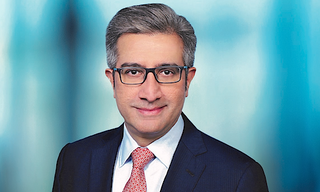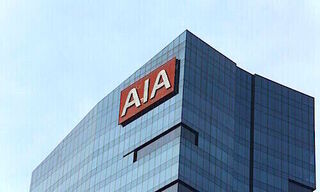Asia Pacific’s M&A markets enjoyed a robust 2016 with record-breaking activity levels in a number of countries including several emerging markets. So what will this year bring?
2016 presented Asia Pacific’s dealmakers with a range of challenges including low commodity prices, volatile capital markets in some parts of Asia, a new U.S. administration, and of course the unexpected, by some, shock of Brexit.
Law firm Herbert Smith Freehills (HSF) has published its fourth annual Asia Pacific Mergers and Acquisitions Review, offering insights into market trends and predictions from the firms M&A experts across the region.
«Despite softening in some areas, M&A activity continued to be healthy across the region, with exceptional growth in China, India and Thailand,» said Lewis McDonald, HSF Regional Head of Corporate, Asia.
Common Denominators
HSF sees three key trends for deal making in Asia in the year ahead. First, the scramble for technology assets and skills will only increase, from tech infrastructure through apps and fintech to renewables/hard technologies.
Second, they expect a number of domestic markets to rebalance, as Asia continues to mature from a heavy/primary industries focus to consumer goods, tech and services.
Thirdly, continued commodities price volatility will sustain M&A across the mining, oil, gas and energy sectors as companies shuffle the assets in their portfolio.
Key Findings by Region:
Australia
The market value of Australian public M&A was steady in 2016 compared to previous years. In total, 85 public M&A deals were announced, which was broadly consistent with 2015.
A number of significant private M&A mega deals, such as the $16.4 billion Australian dollars sale and long-term lease of Ausgrid, helped to raise total deal value but disguised softer mid-market activity levels.
China
Chinese outbound M&A surged to record highs in 2016, with 554 announced deals generating a total of $240.3 billion (up from $141.6 billion in 2015).
Chinese outbound investment is expected to be more modest in 2017 following the government’s decision to address currency depreciation and capital outflows by increasing regulatory scrutiny of overseas deals and significant forex transactions.
Hong Kong
The surge in outbound Chinese activity saw Hong Kong companies feature as both acquisition targets and platforms for outbound investment in 2016.
However, the reported M&A activity in Hong Kong, excluding transactions structured through Hong Kong but with a dominant geography elsewhere, was significantly lower in 2016 compared to 2015.
Singapore
2016 saw an increase in public M&A deal volumes to 48 deals (up from 42 in 2015), however, total deal value was down year on year.
Outbound activity continued to dominate, with Singapore remaining a strategic hub for outbound deals across the Southeast Asia region.
Japan
HSF expects an increased focus on M&A activity in the financial services (particularly insurance), healthcare, and food and beverage sectors. The key sectors of interest for inbound investments will include fintech, an industry with expected annual growth of 22 percent until 2020, as well as e-commerce.
India
Prospects for 2017 remain incredibly strong as India’s economic fundamentals remain positive. The chemicals, infrastructure, civil aviation and telecommunications sectors will be very active.
Thailand
As the ASEAN Economic Community continues to integrate and the Thai appetite for outbound investment is sustained, Thai companies will be increasingly willing to pursue cross-border acquisitions in Southeast Asia as well as into Europe, the US and beyond.























